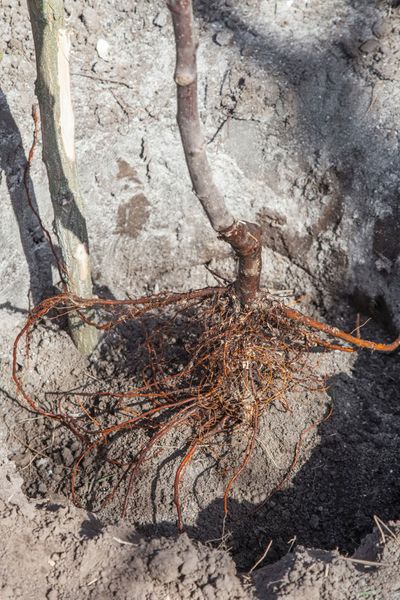What is a Gravel Bed for Trees?
A gravel bed is just what it sounds like, a “bed” or pile of gravel. Trees intended for transplant are planted in the gravel and kept there for up to six months. They are given water and sometimes liquid nutrients but not provided any soil. The lack of soil stresses the trees, which is required so they can focus their energy on producing more feeder roots to seek nutrients. This creates a new system of fibrous roots that travels with the trees when they are transplanted and makes it easier for them to establish and the primary gravel tree bed benefits provided.
Gravel Bed Information
The gravel bed system of rooting trees has been used for several decades at commercial nurseries, municipalities, and universities. You’ll also find community gravel beds where cities encourage the use of this system by their residents. Gravel tree bed benefits are many, especially for bare-root trees. These trees are considerably cheaper to buy than balled-and-burlapped or container trees, and also lighter and easier to handle. Since the rate of survival after transplanting bare root trees is lower and their planting season shorter given their lack of feeder roots, putting the trees into gravel beds for a few months creates an expanded mop of small roots that reduces establishment failure. Gravel bed trees have a higher survival rate when transplanted. That’s why many cities, especially in the Midwest, are creating community gravel beds that allow them to buy and plant many more trees.
How to Make a Gravel Bed
If you are wondering how to make a gravel bed, you will need to pick a site with excellent drainage and easy access to water. The size of the site depends on how many trees you intend to plant there. Permanent or temporary borders hold the gravel in place. Pile gravel at least 15 inches (38 cm.) deep, using nine parts of small river rock or pea gravel to one part same. Simply plant the trees in the gravel. Timer-controlled drip irrigation or soaker hoses make the process easier. Some community gravel beds add surface applied, slow-release fertilizer.
